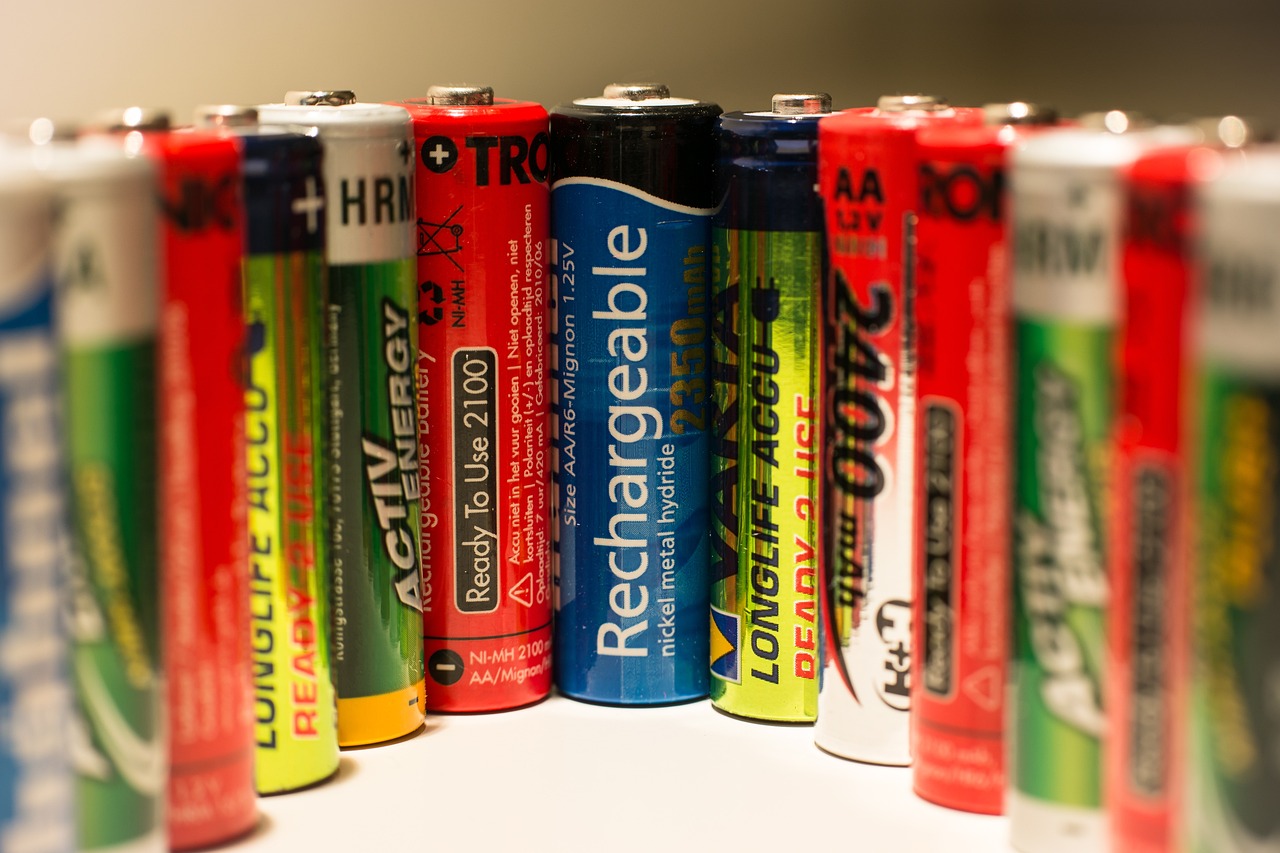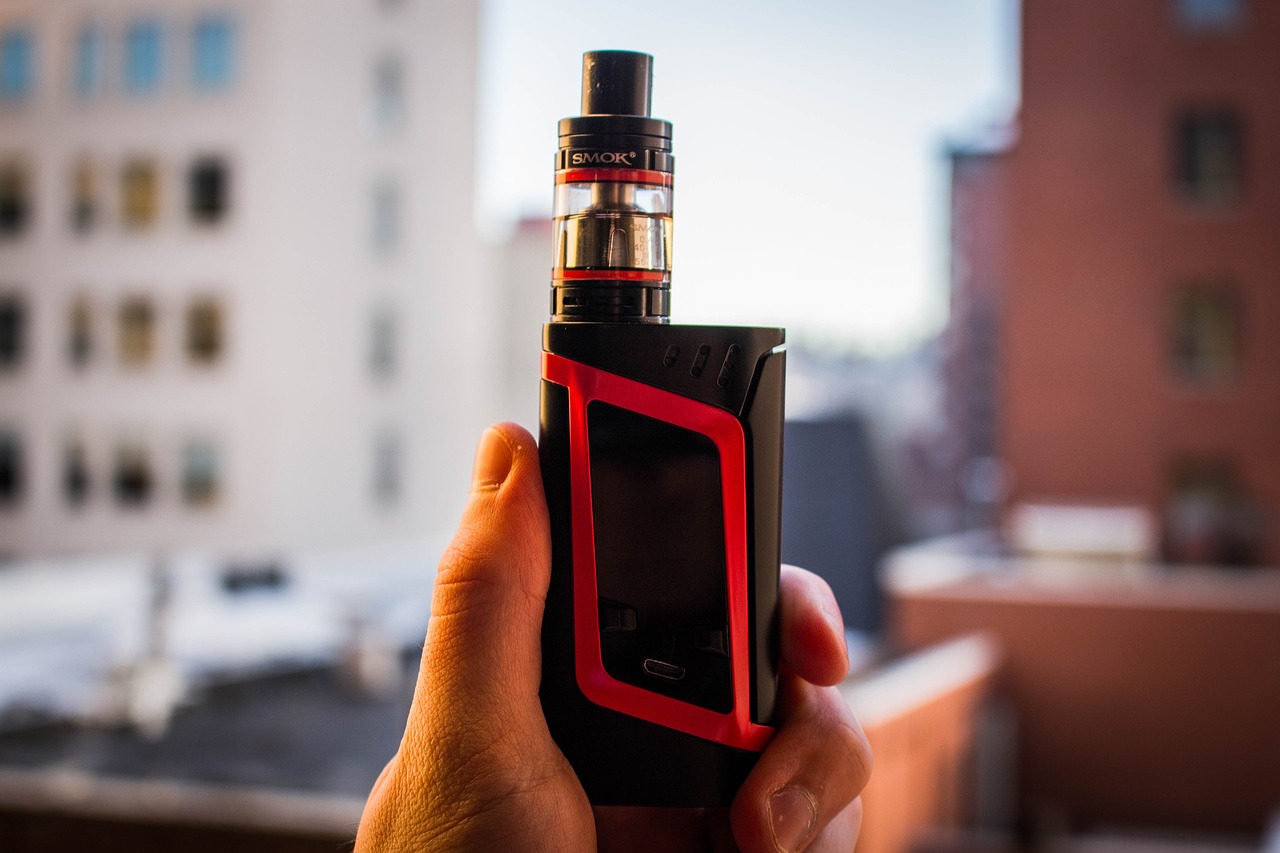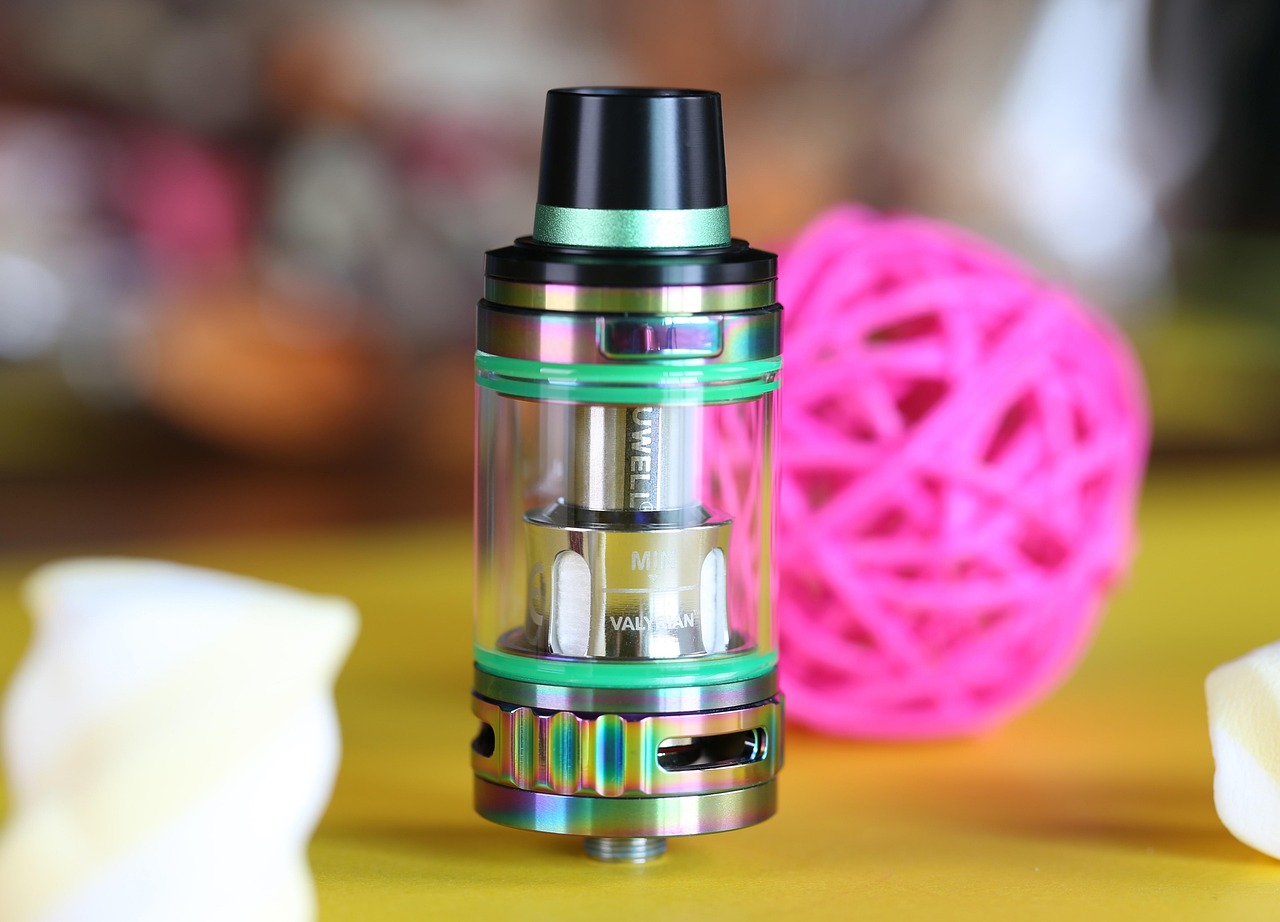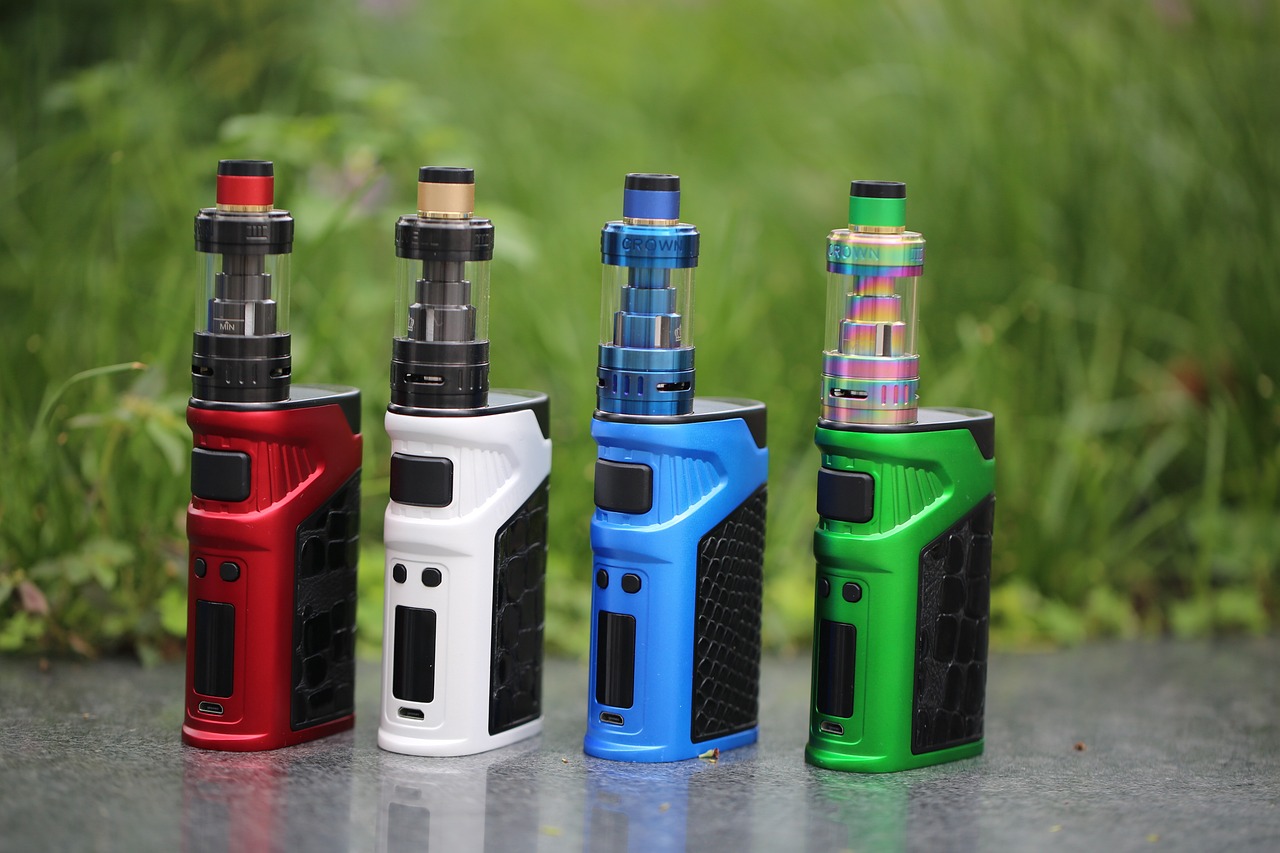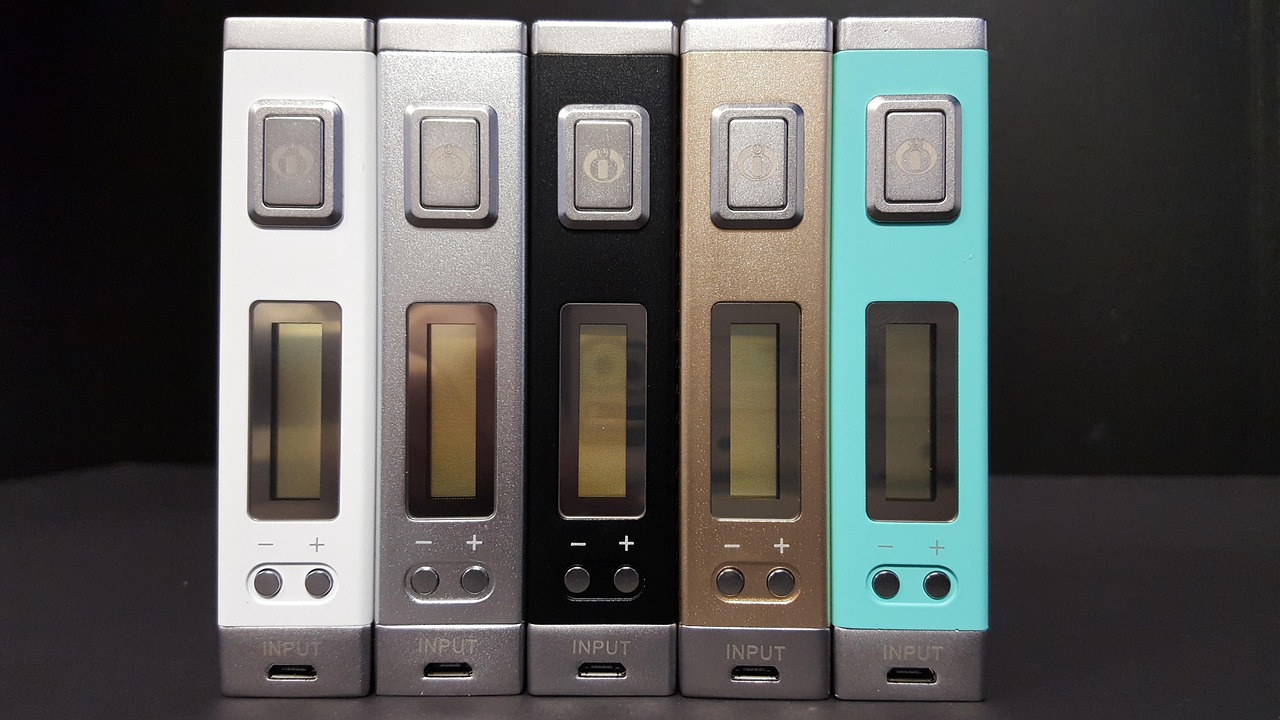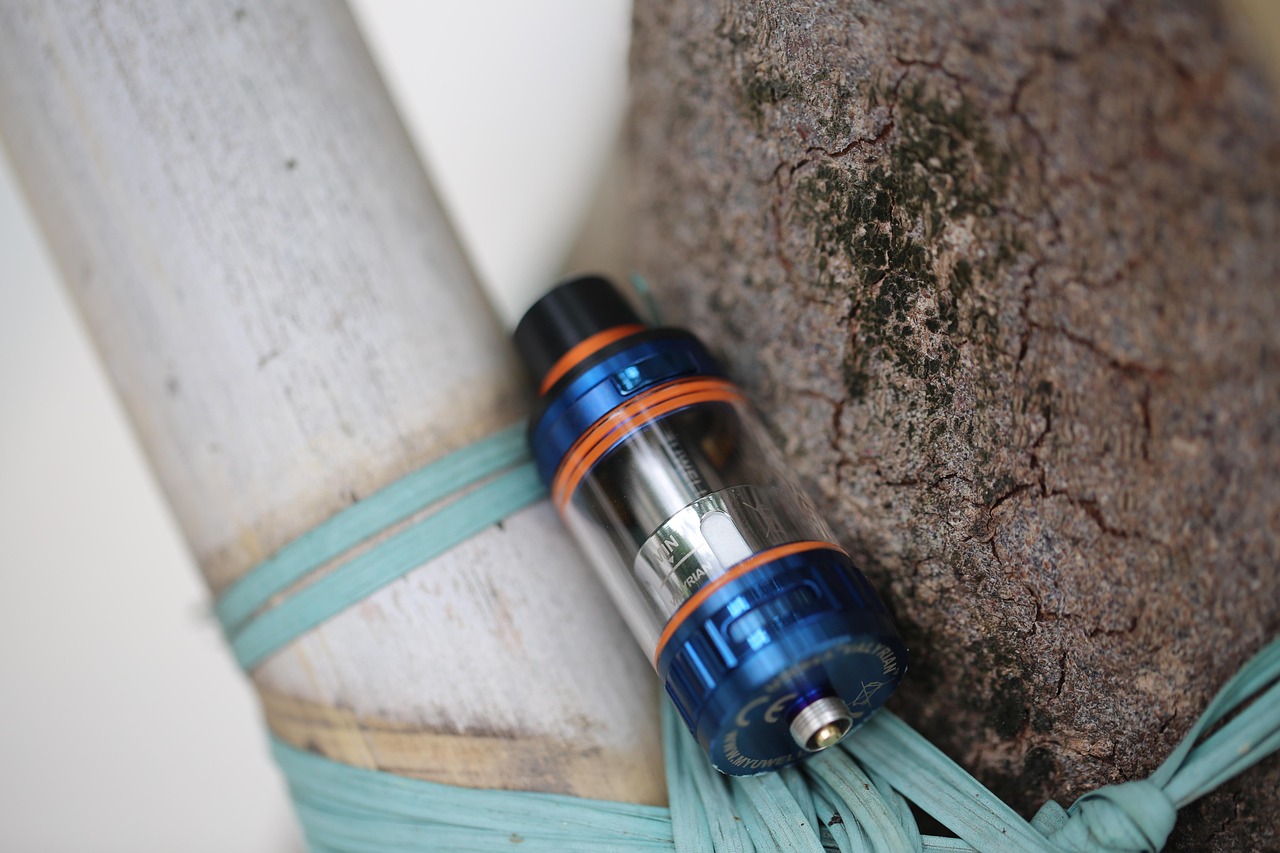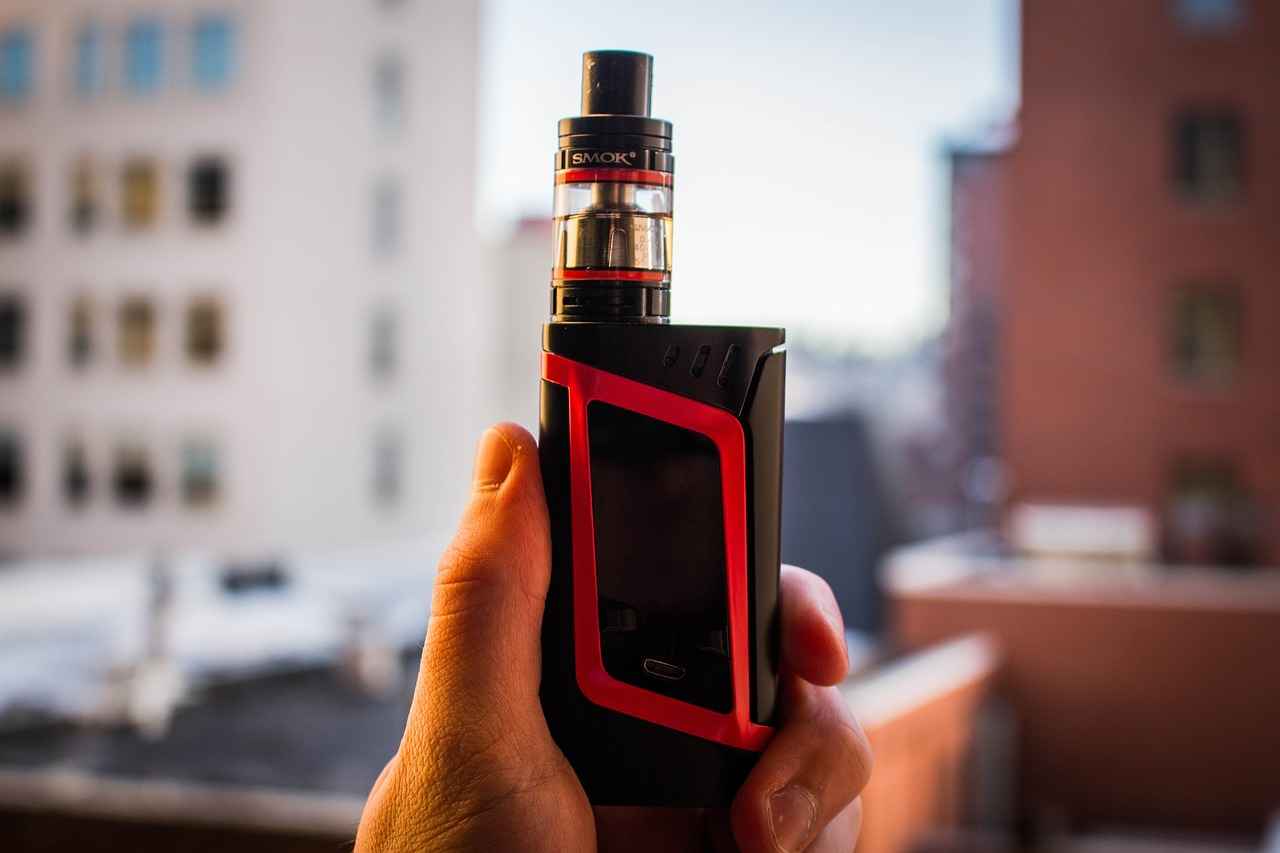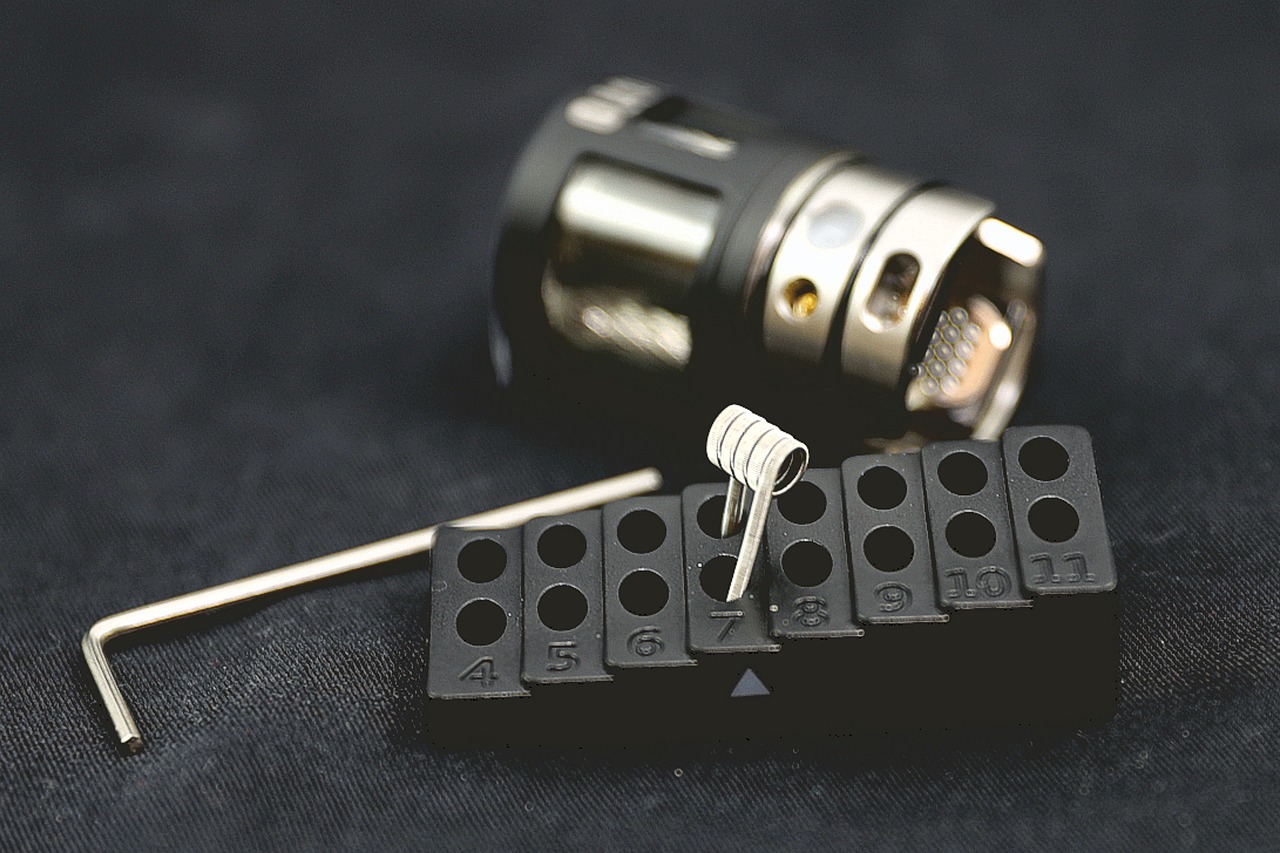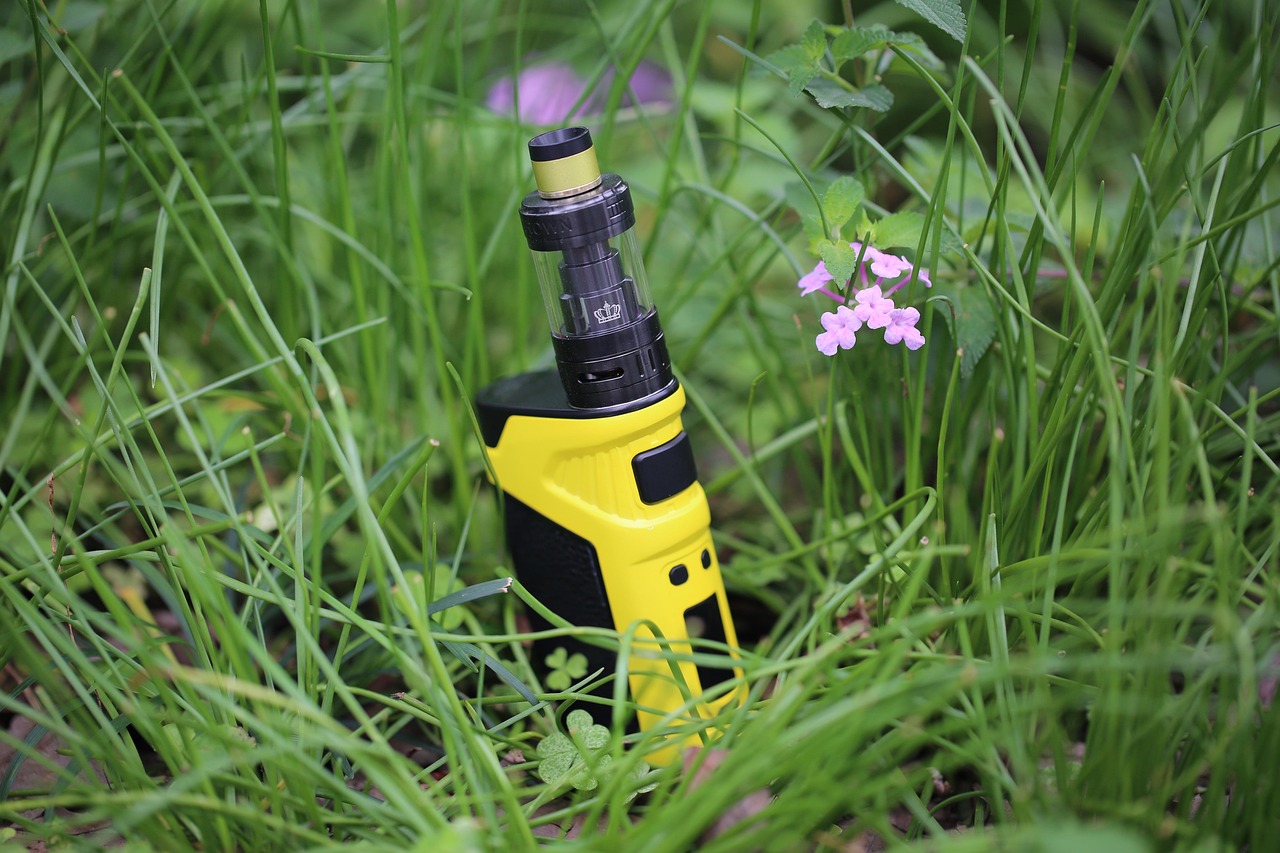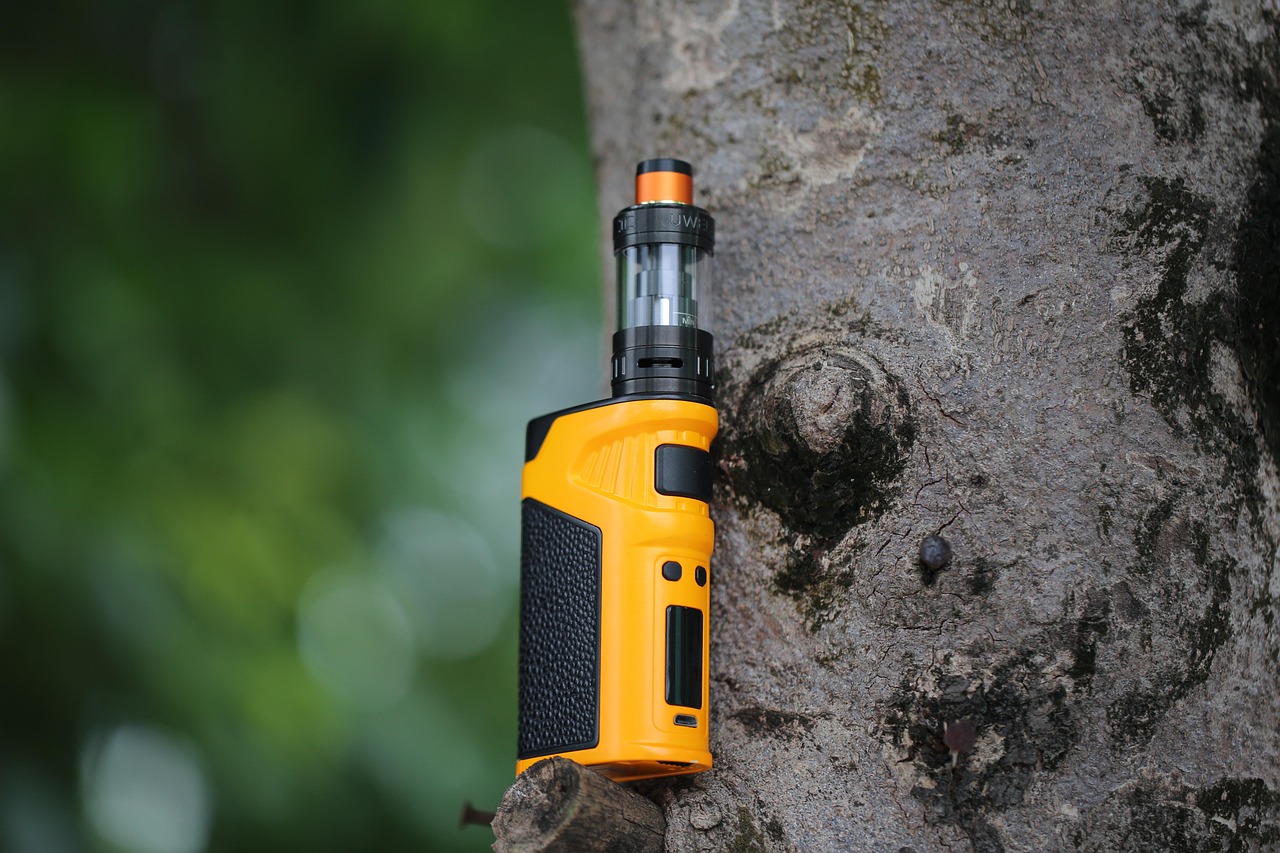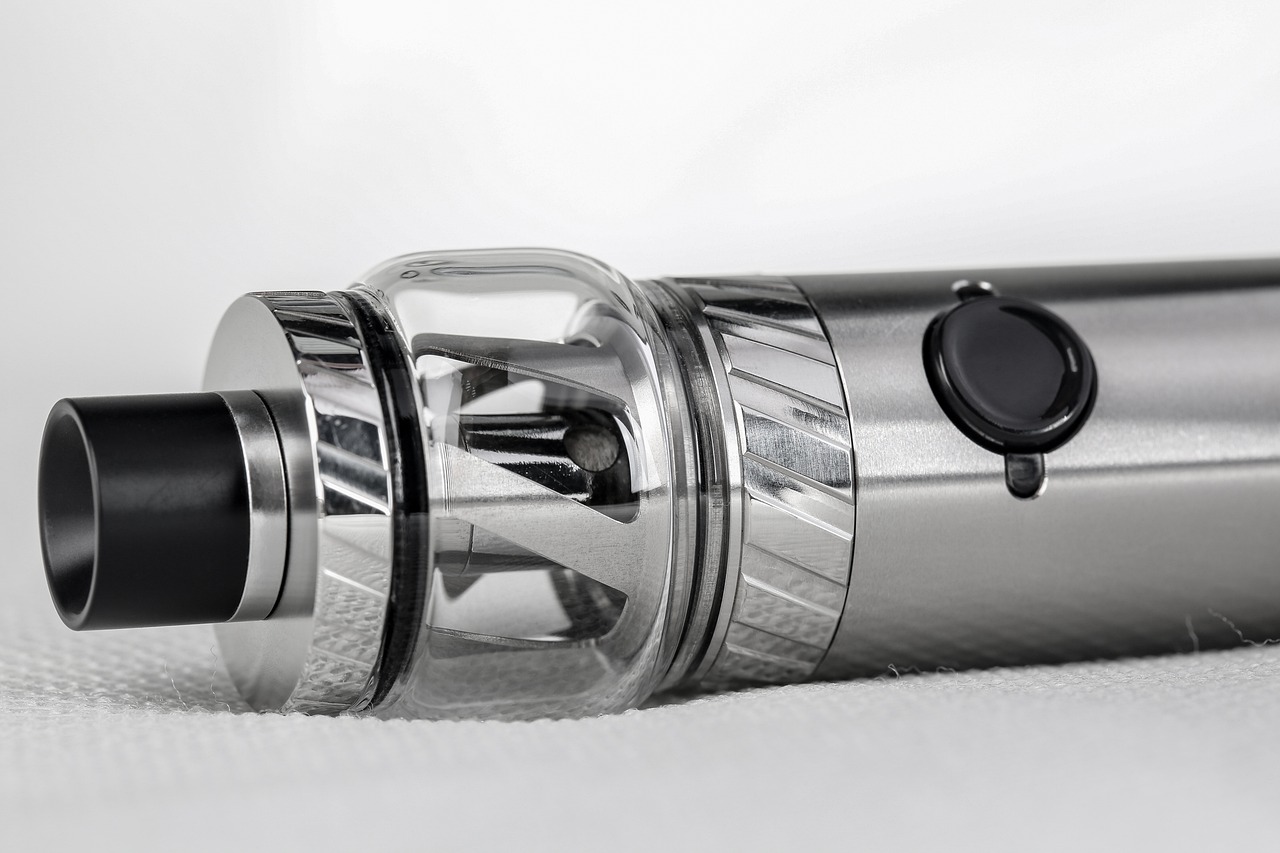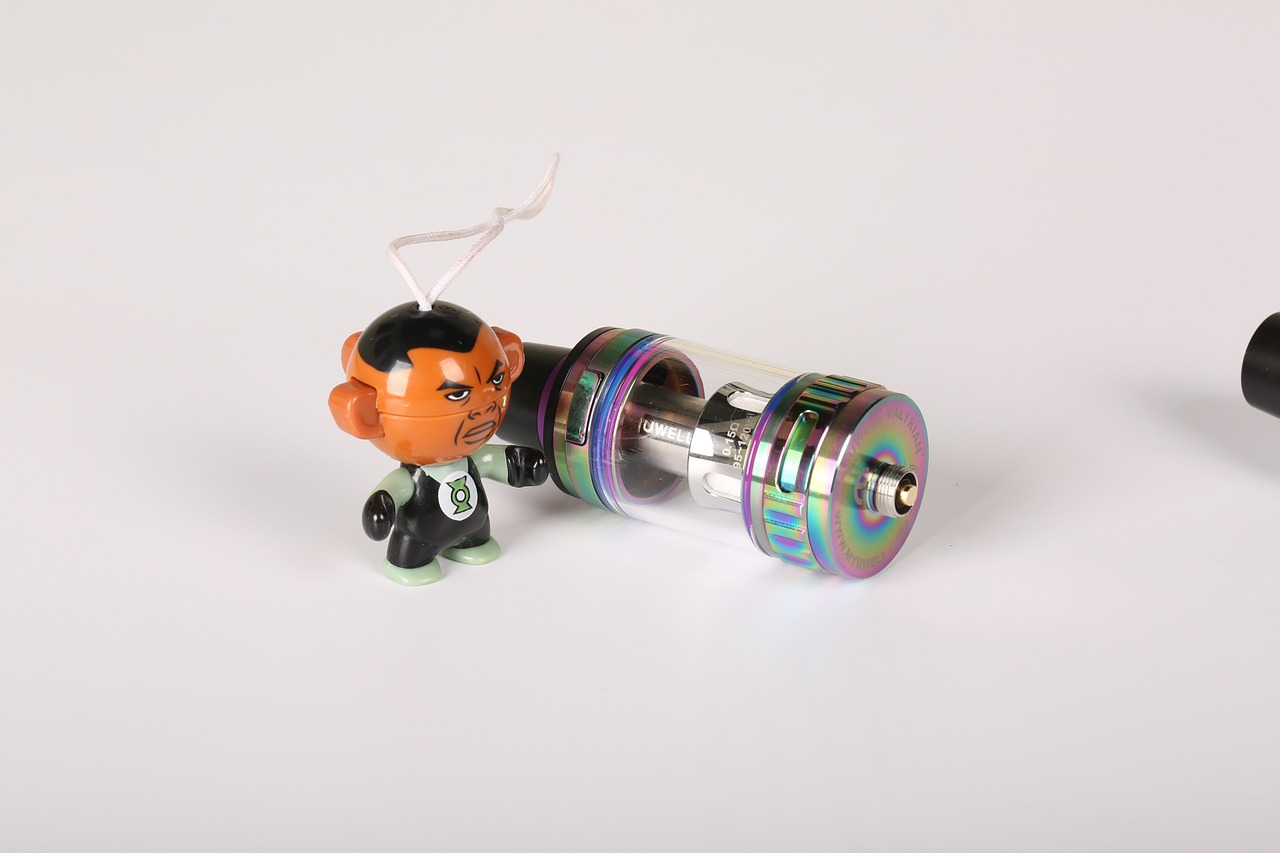This ultimate guide serves as a comprehensive resource for understanding vape batteries, emphasizing their importance in safety, maintenance, and best practices to ensure a reliable vaping experience. As vaping continues to grow in popularity, it is essential for users to be well-informed about the batteries powering their devices.
Vape batteries are rechargeable power sources that fuel electronic cigarettes and vaping devices. They come in various types, including lithium-ion and lithium-polymer batteries, each with distinct characteristics. Understanding the chemistry behind these batteries is crucial, as it influences their performance, lifespan, and safety. Essentially, these batteries convert stored chemical energy into electrical energy, allowing the device to vaporize e-liquids.
Battery safety should be a top priority for every vaper. Improper handling and usage can lead to hazardous situations, including fires and explosions. Risks associated with overcharging, short-circuiting, and using incompatible devices can compromise battery integrity. It is essential to adhere to safety guidelines to prevent accidents and ensure the longevity of your vaping equipment.
Selecting the appropriate battery can significantly enhance your vaping experience. Factors to consider include:
- Capacity: Measured in milliampere-hours (mAh), a higher capacity indicates longer usage time.
- Discharge Rate: This refers to how quickly the battery can release energy. Look for a battery with a suitable discharge rate for your device.
- Compatibility: Ensure the battery fits your vaping device and adheres to manufacturer specifications.
Maintaining your vape batteries is essential for optimal performance and safety. Here are some best practices:
- Regular Cleaning: Keep battery contacts clean to ensure efficient power transfer.
- Check for Damage: Inspect batteries for signs of wear and tear, such as dents or corrosion.
- Safe Charging Techniques: Always use the recommended charger and avoid charging overnight or unattended.
Charging techniques can significantly affect battery life. To ensure safe charging:
- Use the correct charger designed for your battery type.
- Avoid overcharging, which can lead to overheating and damage.
- Monitor the charging process and remove the battery once fully charged.
Identifying battery damage early can prevent potential hazards. Look for:
- Swelling: A swollen battery is a clear sign of internal damage.
- Discoloration: Any unusual color changes may indicate a malfunction.
- Unusual Heat: If a battery feels excessively hot during use or charging, it may be compromised.
Proper storage can prolong battery life and prevent accidents. Follow these guidelines:
- Store batteries in a cool, dry place away from direct sunlight.
- Use a protective case to avoid contact with metal objects.
- Avoid exposing batteries to extreme temperatures.
If you notice issues such as leaking or overheating, take immediate action:
- Stop using the device and remove the battery.
- Place the battery in a safe area away from flammable materials.
- Contact the manufacturer or a professional for guidance on disposal.
Regulatory measures are in place to ensure battery safety in vaping. These guidelines help manufacturers adhere to safety standards, promoting consumer protection. Familiarizing yourself with these regulations can enhance your understanding of safe vaping practices.
Responsible disposal of vape batteries is crucial for environmental safety. Always recycle or dispose of batteries at designated facilities, following local regulations to minimize ecological impact.

What Are Vape Batteries and How Do They Work?
Vape batteries are the heart of any vaping device, providing the necessary power to vaporize e-liquid and produce the satisfying clouds that users enjoy. Understanding the basic components and functionalities of vape batteries is crucial for any vaper. This section delves into battery types, their chemistry, and how they effectively power vaping devices.
Vape batteries primarily come in two types: internal batteries and external batteries. Internal batteries are built into the device and are typically rechargeable via a USB port, making them convenient for everyday use. On the other hand, external batteries are removable and can be replaced or charged separately. This flexibility allows users to carry spare batteries for extended vaping sessions.
The operation of vape batteries is based on electrochemical reactions that occur within the battery cells. When a user activates the device, the battery sends a current to the atomizer, which heats up the coil and vaporizes the e-liquid. The efficiency of this process largely depends on the battery’s voltage and capacity.
Most vape batteries utilize lithium-ion or lithium-polymer chemistry. Lithium-ion batteries are popular due to their high energy density and longevity, while lithium-polymer batteries offer a more flexible form factor and can be made thinner. Understanding the chemistry behind these batteries helps users make informed decisions about their vaping devices.
Battery capacity, measured in milliampere-hours (mAh), indicates how long a battery can last before needing a recharge. A higher mAh rating means longer usage time, which is essential for heavy vapers. However, it’s important to balance capacity with the device’s power requirements to avoid performance issues.
The relationship between voltage and resistance is governed by Ohm’s law, which states that voltage equals current multiplied by resistance (V I x R). In vaping, this means that adjusting the resistance of the coil can impact how much power is drawn from the battery. Understanding this relationship is crucial for achieving the desired vaping experience.
Modern vape batteries come equipped with several safety features to prevent accidents. These include short circuit protection, overcharge protection, and temperature control. Familiarizing oneself with these features can help vapers use their devices more safely and effectively.
Proper maintenance of vape batteries is essential for longevity and performance. Here are some best practices:
- Regularly clean the battery contacts to ensure a good connection.
- Store batteries in a protective case to prevent physical damage.
- Avoid exposing batteries to extreme temperatures, as this can affect performance.
The lifespan of a vape battery can vary based on usage and care. Most lithium-ion batteries can last for several hundred charge cycles. However, users should be aware of signs of wear, such as reduced capacity or physical damage, which may indicate it’s time for a replacement.
In summary, understanding the basic components and functionalities of vape batteries not only enhances the vaping experience but also ensures safety and efficiency. By familiarizing yourself with the different types, chemistry, and maintenance practices, you can enjoy a more satisfying and safer vaping journey.
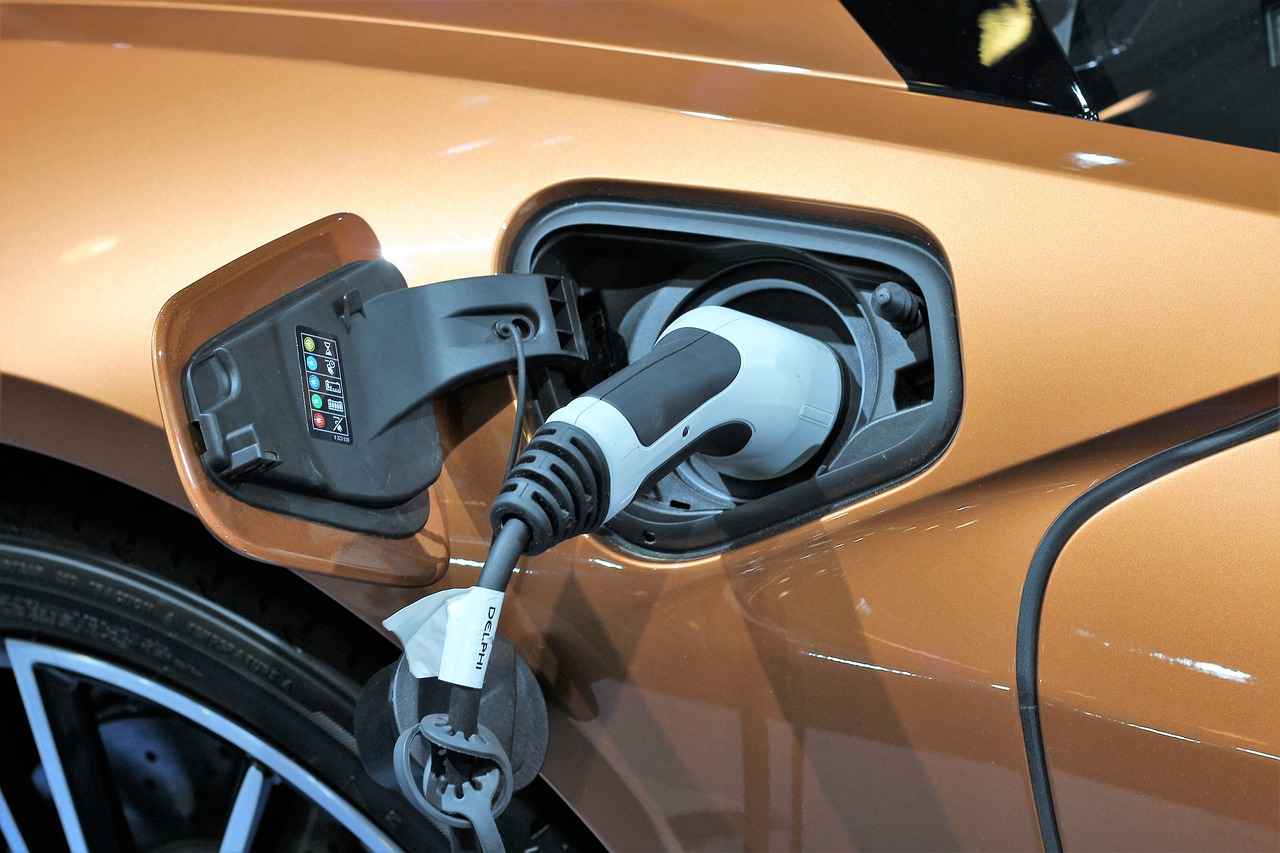
Why Is Battery Safety Important for Vapers?
When it comes to vaping, battery safety is not just an afterthought; it is a critical aspect that every vaper must prioritize. The use of batteries in vaping devices introduces various risks, and understanding these dangers is essential for both novice and experienced users alike. This section delves into why battery safety is vital, highlighting the potential risks associated with improper battery use and storage.
What Risks Are Associated with Improper Battery Use?
- Explosions and Fires: One of the most severe risks of improper battery handling is the potential for explosions or fires. Lithium-ion batteries, commonly used in vaping devices, can become unstable if they are overcharged, short-circuited, or damaged.
- Battery Leakage: Damaged batteries can leak harmful chemicals, posing health risks to users. Exposure to these chemicals can lead to skin irritation or respiratory issues.
- Device Malfunction: Using the wrong battery or a damaged one can lead to device malfunction, resulting in a less enjoyable vaping experience or complete failure of the device.
Why Is Proper Storage Essential?
Storing batteries correctly is just as important as using them safely. Batteries should be kept in a cool, dry place, away from direct sunlight and extreme temperatures. Avoid storing batteries in places where they could come into contact with metal objects, as this can lead to short-circuiting. Using a battery case can provide additional protection against accidental damage.
How Can Vapers Ensure Battery Longevity?
To maximize battery life and safety, vapers should follow specific guidelines:
- Regularly inspect batteries for signs of wear, such as swelling or discoloration.
- Use the correct charger designed for your battery type to prevent overcharging.
- Keep batteries clean and free from debris, which can affect performance.
What Should You Do in Case of Battery Malfunction?
If a battery begins to show signs of malfunction, such as overheating or leaking, it is crucial to act quickly. First, remove the battery from the device and place it in a safe area away from flammable materials. Do not attempt to use a malfunctioning battery, as this can lead to dangerous situations. Instead, dispose of it properly according to local regulations.
Conclusion
In summary, battery safety is a fundamental aspect of the vaping experience. By understanding the risks associated with improper battery use and storage, vapers can take proactive steps to ensure their safety and the longevity of their devices. Always prioritize battery care and safety to enjoy a worry-free vaping experience.
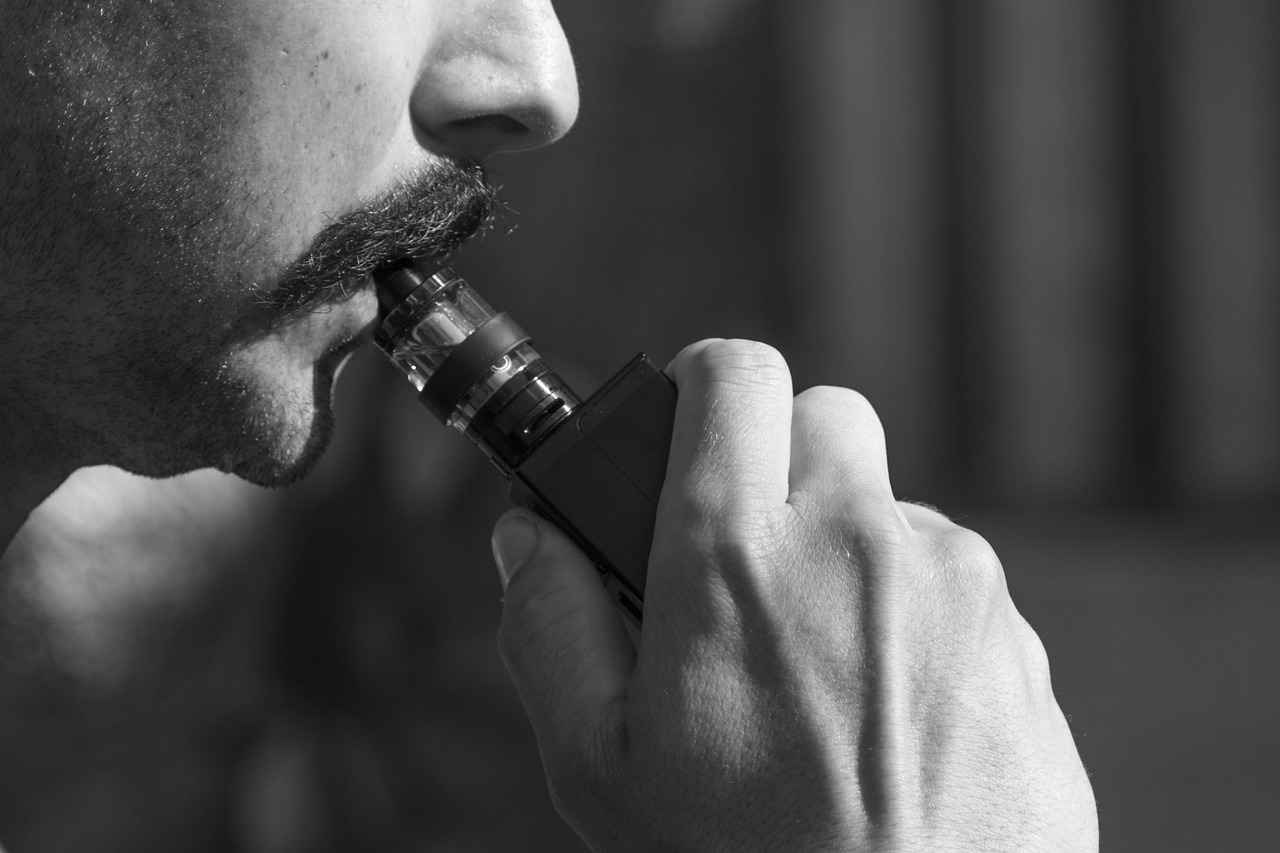
How to Choose the Right Vape Battery?
Choosing the right vape battery is a crucial step for any vaping enthusiast. A well-selected battery not only enhances your overall vaping experience but also ensures safety and longevity of your device. This section provides a comprehensive look at essential factors to consider when selecting a battery, including capacity, discharge rate, and compatibility with your vaping device.
The capacity of a battery is measured in milliampere-hours (mAh) and indicates how much energy the battery can store. A higher capacity means longer vaping sessions before needing a recharge. For instance, a battery with a capacity of 3000mAh can last significantly longer than one rated at 1500mAh. When choosing a battery, consider your vaping habits; if you often vape throughout the day, a battery with a higher capacity would be more suitable.
The discharge rate, often referred to as the C-rating, indicates how quickly a battery can release its stored energy. This factor is particularly important for sub-ohm vaping, which requires higher power levels. A battery with a higher discharge rate can handle the demands of high-wattage devices without overheating or causing safety issues. Always check the specifications of your device to ensure the battery can meet its power requirements.
Not all batteries fit every vaping device. It’s essential to ensure that the battery you choose is compatible with your specific model. Check the manufacturer’s recommendations and look for batteries that match the size and type required by your device. Using an incompatible battery can lead to poor performance or even damage to your device.
- 18650 Batteries: Commonly used in many mods due to their balance of capacity and discharge rate.
- 20700 and 21700 Batteries: Offer higher capacities and discharge rates, ideal for more powerful devices.
- Built-in Batteries: Convenient for beginners, as they are integrated into the device and typically require less maintenance.
When selecting a vape battery, consider the safety features it offers. Look for batteries with built-in protection against overcharging, overheating, and short circuits. These features can significantly reduce the risk of accidents and extend the life of your battery.
It is crucial to purchase batteries from reputable sources. Avoid cheap, off-brand batteries that may not meet safety standards. Opt for well-known brands that provide detailed specifications and safety certifications. Online retailers and specialized vape shops are often reliable sources for quality batteries.
In summary, selecting the right vape battery involves understanding key factors like capacity, discharge rate, and compatibility. By paying attention to these details, you can enhance your vaping experience while ensuring safety and performance. Always prioritize quality and safety features when making your choice, and don’t hesitate to seek advice from knowledgeable retailers if needed.
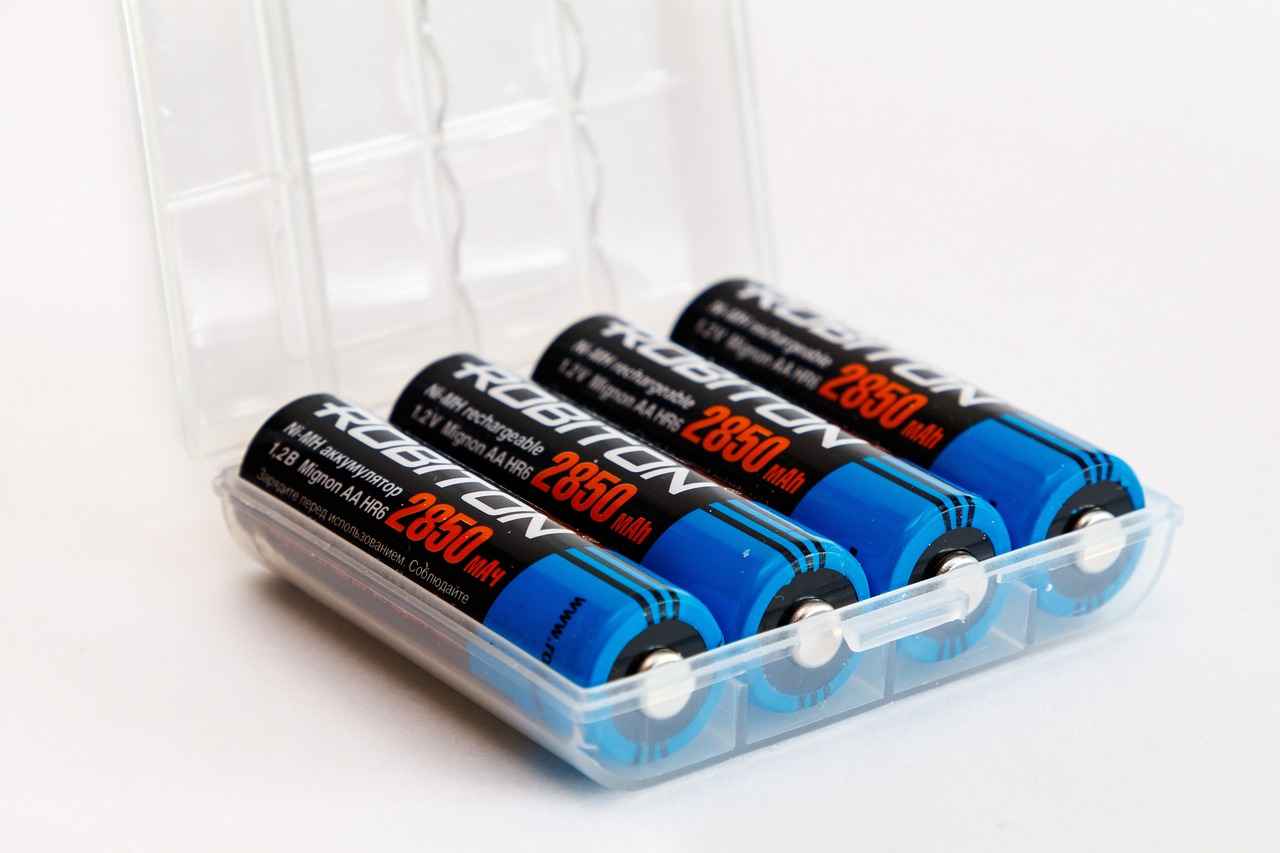
What Are the Best Practices for Battery Maintenance?
Maintaining your vape battery is critical not only for optimal performance but also for ensuring your safety while enjoying your vaping experience. Proper battery maintenance practices can significantly extend the life of your batteries and minimize the risk of malfunctions. Below, we outline the best practices for battery maintenance that every vaper should follow.
- Regular Cleaning: Keeping your batteries clean is essential. Dust and debris can accumulate on the terminals, affecting connectivity and performance. Use a soft, dry cloth to gently wipe the contacts and terminals of your batteries regularly. Avoid using liquids or harsh chemicals that can cause damage.
- Inspect for Damage: Always check your batteries for any signs of physical damage. Look for scratches, dents, or any signs of swelling. If you notice any abnormalities, it’s crucial to discontinue use immediately. Damaged batteries pose a significant risk of leaking or even exploding.
- Safe Charging Techniques: The way you charge your batteries can affect their longevity. Always use a charger specifically designed for your battery type. Avoid overcharging by unplugging the charger once the battery is fully charged. Overcharging can lead to overheating and damage.
- Monitor Temperature: Heat is the enemy of battery health. Always store your batteries in a cool, dry place, and avoid exposing them to extreme temperatures. If your battery feels excessively warm during use or charging, it’s a sign that something is wrong, and you should stop using it immediately.
- Use the Right Battery: Ensure that the battery you are using is compatible with your device. Using a battery with the wrong voltage or capacity can lead to poor performance and safety issues. Always refer to your device’s specifications to select the appropriate battery.
- Practice Proper Storage: When not in use, store your batteries in a protective case to prevent them from short-circuiting. Keep them away from metal objects like coins or keys that can cause accidental contact with the terminals.
- Follow Manufacturer Guidelines: Always adhere to the manufacturer’s instructions regarding battery maintenance and safety. Each battery type may have specific care requirements, so it’s essential to familiarize yourself with these guidelines.
- Dispose of Batteries Responsibly: When it’s time to dispose of a battery, do so responsibly. Many local communities offer battery recycling programs. Never throw batteries in the trash, as they can leak harmful chemicals into the environment.
By implementing these best practices for battery maintenance, you can ensure that your vaping experience remains safe and enjoyable. Remember, a well-maintained battery not only enhances performance but also protects you from potential hazards.

How to Properly Charge Your Vape Battery?
Charging your vape battery correctly is crucial for both battery longevity and safety. In this section, we will explore the best practices for charging your vape batteries, ensuring that you achieve optimal performance while minimizing risks.
Understanding the importance of proper charging techniques can significantly impact the lifespan of your vape battery. When batteries are charged incorrectly, they may experience overheating, reduced capacity, or even catastrophic failures. Therefore, following the right methods is essential.
Always use a charger that is specifically designed for your battery type. Using an incompatible charger can lead to overcharging or damage. For instance, if you have a lithium-ion battery, ensure that your charger is compatible with lithium-ion technology. This compatibility helps maintain the battery’s health and performance.
Overcharging is one of the most common mistakes made by vapers. Leaving your battery plugged in for too long can cause it to become overheated, which can lead to swelling or even explosion in extreme cases. To avoid this, consider using a charger with an automatic shut-off feature or a smart charger that detects when the battery is fully charged.
The environment in which you charge your vape battery also plays a critical role. Ensure that you charge your battery in a cool, dry place. High temperatures can accelerate battery degradation and may pose safety hazards. Additionally, avoid charging your battery on soft surfaces like beds or couches, which can trap heat.
Charging times can vary based on the battery’s capacity and the charger used. As a general rule, a fully depleted battery may take anywhere from 1 to 4 hours to charge fully. It’s advisable to monitor the charging process and disconnect the battery promptly once it reaches full capacity.
Be vigilant for any signs that your battery may be experiencing charging issues. If you notice that your battery does not hold a charge as effectively as it used to, or if it becomes excessively hot during charging, it may be time to replace it. Regularly inspecting your battery can prevent potential hazards.
- Always use the manufacturer-recommended charger.
- Charge your battery in a well-ventilated area.
- Do not leave your battery unattended while charging.
- Keep an eye on the charging time and disconnect once fully charged.
- Store batteries in a protective case when not in use.
By following these guidelines, you can ensure that your vape battery remains in optimal condition, enhancing both your vaping experience and safety. Remember, a well-maintained battery not only lasts longer but also provides a more enjoyable vaping experience.
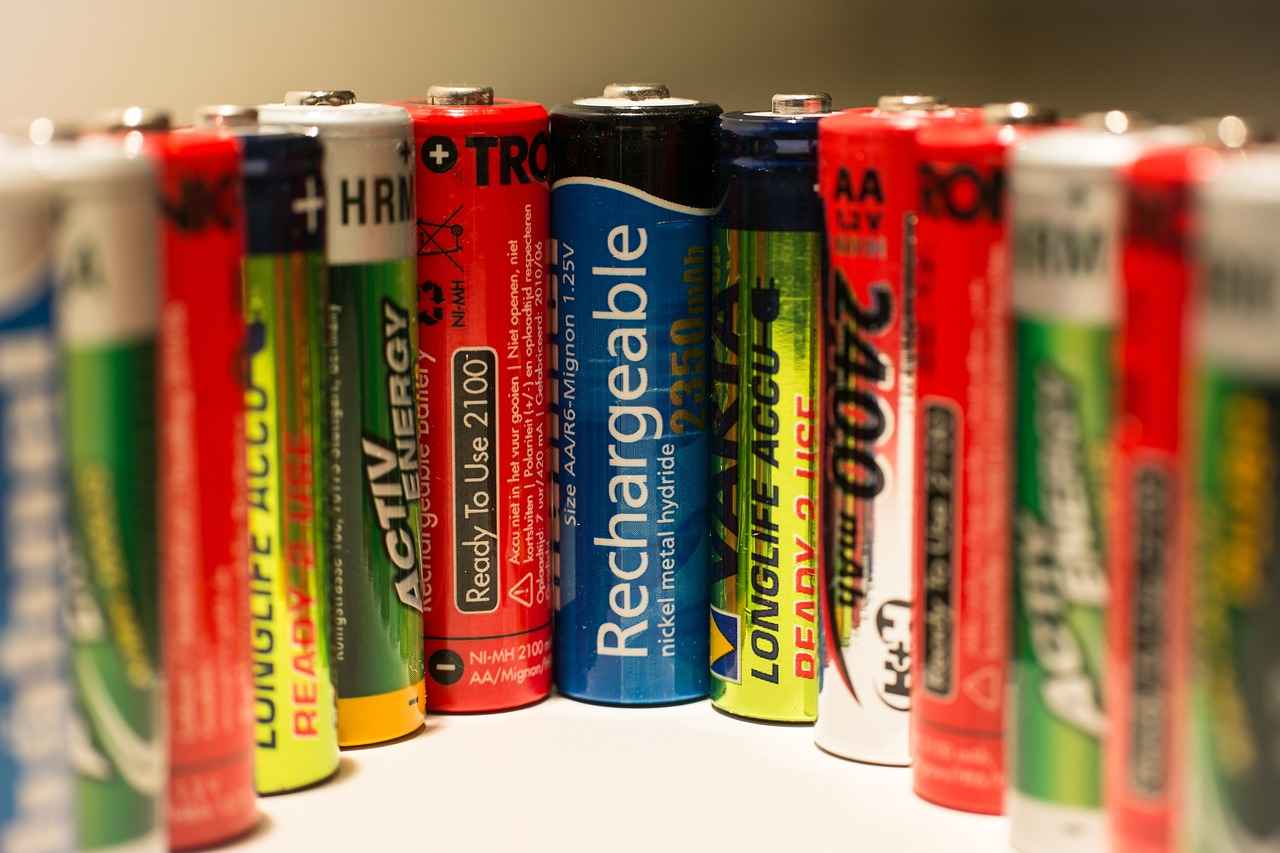
What Are Common Signs of Battery Damage?
Identifying potential battery damage early is crucial for maintaining safety and functionality in vaping devices. Recognizing the signs of wear and tear can help prevent hazardous situations that may arise from malfunctioning batteries. This section will explore the most common indicators of battery damage, allowing users to take proactive measures.
- Swelling: One of the most alarming signs of battery damage is swelling. If you notice that your battery has become noticeably larger or bulging, it is a clear indication of internal failure. Swelling often occurs due to gas build-up from chemical reactions within the battery. Do not use a swollen battery as it poses a serious risk of rupture or explosion.
- Discoloration: Changes in color can also signal battery issues. If the battery casing appears discolored, darkened, or shows signs of corrosion, it may be a sign of overheating or chemical leakage. Immediate inspection and replacement are advised in such cases to prevent further complications.
- Unusual Heat: A battery that feels excessively hot during use or charging can indicate a problem. While some heat is normal, overheating can lead to dangerous situations. If your battery becomes too hot to touch, discontinue use immediately and allow it to cool down before further inspection.
- Leaking: If you observe any liquid seeping from the battery, it is a serious warning sign. Battery leakage can occur due to physical damage or manufacturing defects. Handle leaking batteries with caution, as the chemicals can be hazardous to your health and the environment.
- Erratic Performance: If your device experiences sudden drops in power or inconsistent performance, it may be a sign of battery damage. This can manifest as rapid battery drainage or failure to hold a charge. Monitor your battery’s performance closely and replace it if you notice significant changes.
Regularly checking your vape battery for these signs of damage is essential for a safe vaping experience. Proper maintenance and timely replacement of damaged batteries can prevent accidents and ensure that your vaping device operates smoothly. Always prioritize safety and consult with a professional if you are unsure about the condition of your battery. Remember, a small precaution can save you from potential hazards.

How to Store Vape Batteries Safely?
Proper storage of vape batteries is crucial for ensuring their longevity and safety. By adhering to optimal storage conditions, you can significantly reduce the risk of accidents while extending the lifespan of your batteries. Below, we delve into essential practices for safe battery storage, focusing on temperature control and the avoidance of contact with metal objects.
- Maintain Optimal Temperature:
Vape batteries should be stored in a cool, dry place. Extreme temperatures can adversely affect battery performance and safety. Ideally, the storage temperature should be between 20°C to 25°C (68°F to 77°F). Avoid exposing batteries to high heat or extreme cold, as this can lead to battery failure or even dangerous situations.
- Avoid Metal Contact:
Storing batteries with metal objects, such as coins or keys, can create a short circuit. Always keep batteries in their original packaging or use a dedicated battery case. This not only protects them from physical damage but also prevents accidental contact with conductive materials.
- Store in a Battery Case:
Investing in a high-quality battery case is a wise decision. These cases are designed to keep batteries safe from impact and prevent short circuits. Look for cases that have individual slots for each battery, which can help avoid contact with other batteries or objects.
- Keep Batteries Charged Appropriately:
For optimal storage, it is recommended to store batteries at a charge level of around 40% to 60%. Storing fully charged or completely depleted batteries can lead to capacity loss over time. Regularly check and maintain this charge level to ensure your batteries are ready for use when needed.
- Monitor for Damage:
Before storing your batteries, inspect them for any signs of damage, such as dents, scratches, or swelling. If you notice any abnormalities, it is best to dispose of the battery safely rather than risk potential hazards.
In addition to these practices, it is essential to keep your batteries out of reach of children and pets. Educate everyone in your household about the importance of battery safety to prevent accidents.
By following these guidelines, you can ensure that your vape batteries remain in optimal condition, providing a safe and enjoyable vaping experience. Remember, proper storage is not just about prolonging battery life; it is also about ensuring the safety of yourself and those around you.

What to Do in Case of a Battery Malfunction?
Understanding battery malfunctions is critical for ensuring your safety and the longevity of your vaping device. When you notice signs of a malfunction, such as leaking or overheating, it’s essential to act quickly and appropriately. This section provides a detailed guide on the steps to take in these situations.
First and foremost, recognize the signs of a malfunction. Common indicators include:
- Leaking: If you see any liquid escaping from the battery casing, this is a serious warning sign.
- Overheating: If the battery feels excessively hot to the touch, it could indicate an internal problem.
- Swelling: A swollen battery is a clear sign of damage and should be addressed immediately.
If you observe any of these issues, follow these steps:
- Stop Using the Device: Immediately cease using your vape device to prevent further damage or potential hazards.
- Remove the Battery: If safe to do so, carefully remove the battery from the device. Ensure you are wearing protective gloves if available, to avoid direct contact with any leaking substances.
- Place the Battery in a Safe Location: Store the battery in a non-flammable, cool, and dry area away from direct sunlight. A fireproof container is ideal for this purpose.
- Inspect for Damage: Check the battery for visible signs of damage. If you notice any severe issues, do not attempt to charge or use it.
- Contact Customer Support: Reach out to the manufacturer or retailer for guidance on how to proceed. They may offer warranty services or advice on safe disposal.
In the case of leaking batteries, it’s crucial to handle them with care. If the liquid is corrosive or unknown, avoid skin contact and clean the area thoroughly afterward. For overheating batteries, do not attempt to cool them down with water or ice, as this could lead to further complications.
Lastly, always prioritize safety. Familiarize yourself with the emergency procedures specific to your battery type and keep a fire extinguisher nearby when working with batteries. By being proactive and informed, you can significantly reduce the risks associated with battery malfunctions.

Are There Regulations Surrounding Vape Battery Safety?
In the rapidly evolving world of vaping, regulatory measures play a crucial role in ensuring the safety of vape batteries. These regulations are designed not only to protect consumers but also to promote responsible manufacturing practices. This section will explore the various guidelines and standards that manufacturers must adhere to, highlighting their significance in enhancing consumer safety.
One of the primary regulatory bodies overseeing vape battery safety is the U.S. Consumer Product Safety Commission (CPSC). The CPSC has established guidelines that manufacturers must follow to ensure their products do not pose risks to users. These regulations include rigorous testing requirements, labeling standards, and safety protocols that must be in place before a product can be marketed.
In addition to the CPSC, organizations such as the American Society for Testing and Materials (ASTM) and the International Electrotechnical Commission (IEC) have developed specific standards for battery safety. These standards cover various aspects, including:
- Battery Chemistry: Guidelines on safe chemical compositions to minimize risks of overheating and explosions.
- Discharge Rates: Specifications on how quickly batteries can release energy safely without risk of failure.
- Physical Integrity: Requirements for batteries to withstand impacts and avoid leakage.
Moreover, manufacturers are often required to implement quality control measures throughout the production process. This includes regular inspections and testing of the batteries to ensure they comply with established safety standards. Such measures are essential in preventing defective products from reaching consumers.
Another important aspect of regulatory measures is the labeling requirements. Manufacturers must provide clear and accurate information about their batteries, including:
- Specifications: Detailed information on battery capacity, voltage, and recommended charging practices.
- Warnings: Clear warnings about potential hazards, such as risks of overheating or short-circuiting.
- Disposal Instructions: Guidelines on how to dispose of batteries responsibly to minimize environmental impact.
In many regions, compliance with these regulations is not merely a recommendation but a legal requirement. Failure to adhere to safety standards can result in severe consequences, including product recalls, fines, and even legal action. As a result, reputable manufacturers invest significantly in ensuring their products meet or exceed regulatory requirements.
Furthermore, the vaping industry is witnessing an increasing push for stricter regulations, primarily driven by consumer advocacy groups and safety organizations. These groups emphasize the importance of consumer education regarding battery safety, urging users to understand the risks associated with improper battery use and storage. Educational campaigns aim to inform users about safe practices, such as:
- Regularly inspecting batteries for signs of damage.
- Using the correct charger to prevent overcharging.
- Storing batteries in a cool, dry place away from metal objects.
In conclusion, the landscape of vape battery safety regulations is complex and continually evolving. As the vaping industry grows, so does the need for robust regulatory frameworks that ensure consumer safety. By adhering to established guidelines and standards, manufacturers can help mitigate the risks associated with vape batteries, ultimately fostering a safer vaping environment for all users.

How to Dispose of Vape Batteries Responsibly?
Responsible disposal of vape batteries is essential for protecting our environment and ensuring public safety. As vaping becomes increasingly popular, the number of used batteries has also risen, making it crucial to understand how to manage their disposal properly. This section will guide you through the best practices for recycling and disposing of vape batteries, minimizing their ecological impact.
Why Is Proper Disposal Important?
Vape batteries, particularly lithium-ion types, can pose significant risks if not disposed of correctly. When these batteries end up in landfills, they can leak hazardous materials into the soil and water, leading to serious environmental consequences. Moreover, improper disposal can lead to fires and explosions, posing a risk to both people and property.
How to Identify When a Battery Is Ready for Disposal?
- Look for signs of swelling or leakage.
- Check for discoloration or unusual heat during use.
- Monitor battery performance; if it fails to hold a charge, it may be time for disposal.
Where Can You Dispose of Vape Batteries?
Many communities offer recycling programs specifically for batteries. Here are some options for responsible disposal:
- Local Recycling Centers: Many recycling facilities accept lithium-ion batteries. Check with your local center for specific guidelines.
- Retail Take-Back Programs: Some vape shops and electronic retailers have take-back programs where you can drop off your used batteries.
- Household Hazardous Waste Events: Many municipalities hold events where residents can safely dispose of hazardous materials, including batteries.
How to Prepare Your Batteries for Disposal?
Before disposing of your vape batteries, it’s important to take some precautions:
1. Ensure the battery is completely discharged.2. Use electrical tape to cover the terminals to prevent short-circuiting.3. Place the battery in a protective case or bag to avoid physical damage.
What Are the Environmental Benefits of Recycling Batteries?
Recycling vape batteries not only prevents environmental hazards but also allows valuable materials like lithium, cobalt, and nickel to be recovered and reused. This reduces the need for new resource extraction, which can be environmentally damaging. Moreover, recycling conserves energy and reduces greenhouse gas emissions compared to producing new batteries from raw materials.
Conclusion
In summary, responsible disposal of vape batteries is crucial for environmental safety and public health. By following the guidelines provided in this section, you can contribute to a cleaner planet and ensure that hazardous materials are managed properly. Always stay informed about local regulations and resources available for battery disposal to make a positive impact.
Frequently Asked Questions
- What types of vape batteries are available?
Vape batteries primarily come in two types: internal and external. Internal batteries are built into the device, while external batteries can be replaced. Understanding these types helps you choose the right one for your vaping needs.
- How can I tell if my vape battery is damaged?
Look for signs like swelling, discoloration, or excessive heat. If your battery feels unusually warm or shows any physical deformities, it’s best to stop using it immediately to avoid potential hazards.
- What should I do if my vape battery leaks?
If you notice a leak, first remove the battery from the device. Make sure to clean the area thoroughly and dispose of the battery responsibly. Never attempt to recharge a leaking battery!
- Is it safe to charge my vape battery overnight?
Charging overnight is generally not recommended. It’s best to monitor the charging process to avoid overcharging, which can lead to battery damage or even fire hazards.
- How should I store my vape batteries?
Store your batteries in a cool, dry place, away from direct sunlight and metal objects. Use a protective case to prevent accidental short-circuiting, ensuring they stay safe and functional.
- Are there specific regulations for vape battery safety?
Yes, there are regulations that manufacturers must follow to ensure battery safety. These include guidelines on testing and labeling, designed to protect consumers and promote safe usage.

